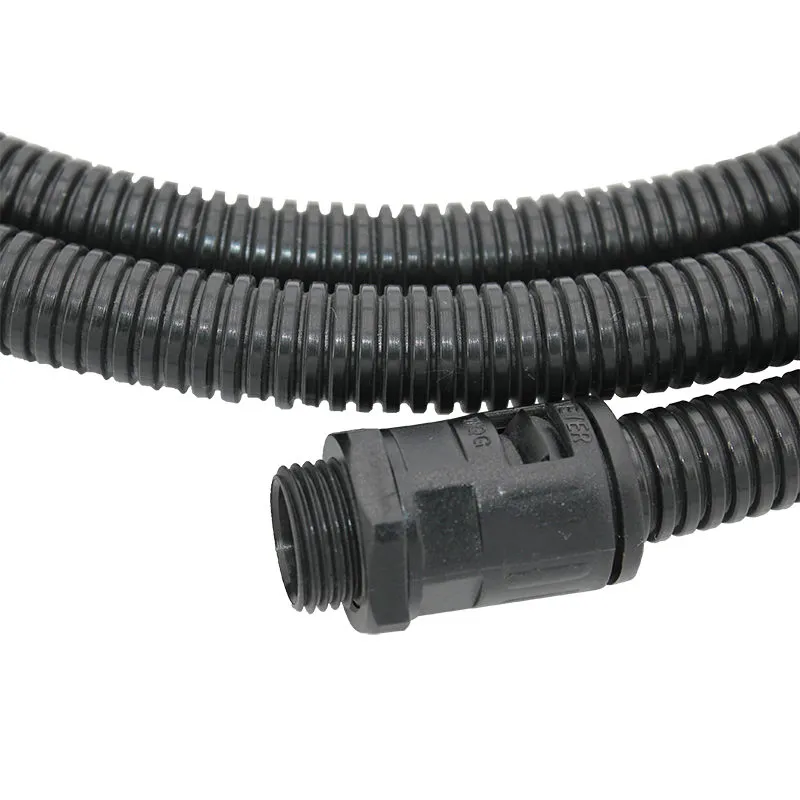Flexible Cable Management Solutions for Industrial Applications and Robotics Systems
Understanding Drag Chains The Unsung Heroes of Industrial Automation
In the realm of industrial automation, efficiency and reliability are paramount. Among the myriad components that contribute to seamless operations, drag chains—also known as cable carriers—stand out as unsung heroes. These ingenious devices play a crucial role in organizing, protecting, and guiding the movement of cables and hoses in various applications, particularly in machinery with moving parts.
Drag chains are designed to facilitate smooth and safe cable movement, which is essential in environments where motion is rapid and repetitive. They come in various shapes, sizes, and materials, each tailored to meet specific operational needs. The primary purpose of a drag chain is to prevent tangling, kinking, or damage to cables as machines operate, particularly in environments where high speeds and extensive travel distances are involved.
The construction of a drag chain typically involves two side plates connected by crossbars, which form a hollow chamber for cables or hoses. This allows for easy access and replacement of cables, ensuring that maintenance can be performed swiftly, thereby minimizing downtime in production environments. The flexibility of drag chains enables them to bend in a specific radius, accommodating the dynamic movements of cranes, robotic arms, and other automated systems.
One of the most significant advantages of using drag chains is their ability to enhance safety in the workplace
. By consolidating cables and hoses within a confined space, drag chains mitigate the risk of tripping hazards caused by loose wiring, thereby promoting a safer working environment for employees. In high-stakes industries such as manufacturing, automotive, and aerospace, the importance of safety cannot be overstated.drag chain

Moreover, drag chains can significantly extend the lifespan of cables and hoses. By protecting them from external factors such as abrasion, moisture, and extreme temperatures, these carriers reduce wear and tear, ultimately leading to lower replacement costs. This protective feature is particularly crucial in environments where equipment is subjected to harsh conditions.
Another critical aspect of drag chains is their versatility. They can be employed in a wide range of applications, including CNC machines, conveyor systems, and even entertainment technology, such as stage machinery for concerts and theatrical productions. Their adaptability makes them an indispensable component across various industries, underscoring their significance in modern engineering.
As technology continues to evolve, drag chains are also experiencing advancements. Manufacturers are now producing lightweight, durable options made from advanced materials that offer enhanced strength without the added weight. These innovations allow for greater flexibility and efficiency, making drag chains even more effective in meeting the demands of contemporary applications.
In conclusion, drag chains may not be the most glamorous component in industrial automation, but their importance cannot be overlooked. By providing organization, protection, and support for cables and hoses, they contribute significantly to efficiency, safety, and the overall reliability of machinery. As industries continue to integrate automation into their processes, the role of drag chains will only become more crucial. Understanding their function and benefits can help businesses optimize their operations and pave the way for a more streamlined and safer industrial environment. Whether you are in manufacturing, robotics, or entertainment, recognizing the value of drag chains is a step toward enhancing efficiency and maximizing productivity.








